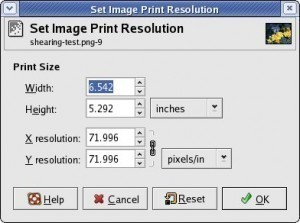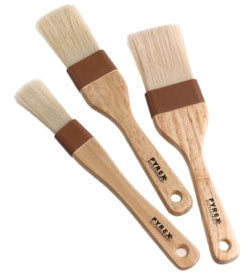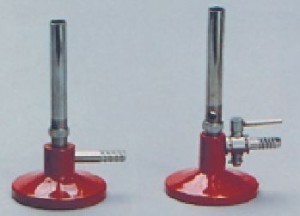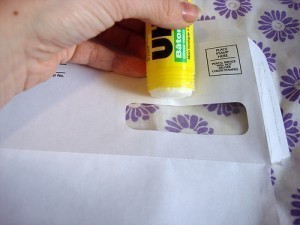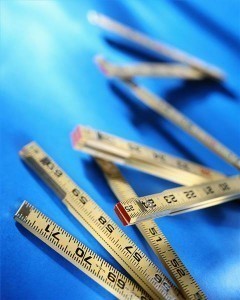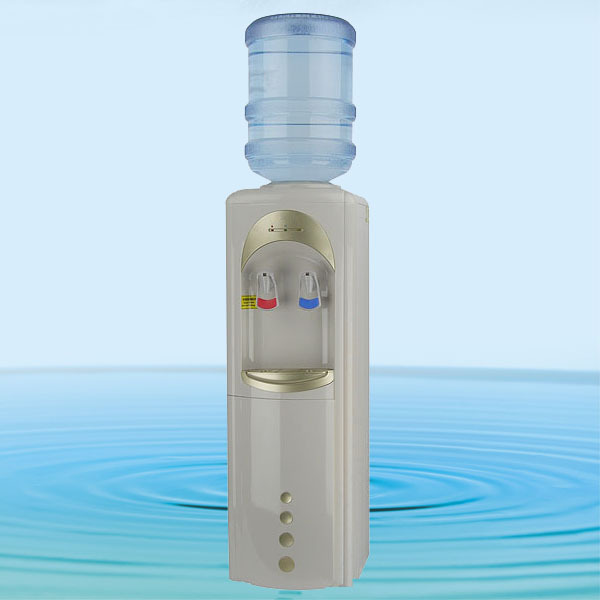Camera Lens Size Guide
The camera lens sizes you should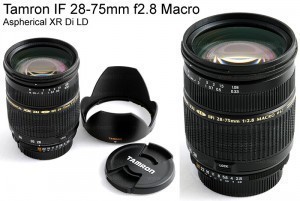 get are dependent on several factors. Because all manufacturers will claim that their product is the best, you need to set down the following criteria to determine what lens to buy.
get are dependent on several factors. Because all manufacturers will claim that their product is the best, you need to set down the following criteria to determine what lens to buy.
The Basic Considerations
You need to consider what type of pictures you want to take. Are you interested in shooting outdoors or indoors? Do you like to take images far away or close up? Are you going to take wedding pictures or racing cars?
You need to assess these facts first. No matter what the ads may say, some cameras are more suited for certain environments than others, and so are the lenses.
Finally, no matter what camera lens size you buy, never forget to try it out first. Most stores allow this; if they don’t buy somewhere else. Take a memory card so you can see the pictures come out.
Focal Length
This is something you should look for when shopping for lens. Numerous sizes are available. The lenses near the 50 mm mark (the “normal” length) are the cheapest. The more the lens deviates from 50 the costlier it will be.
You can check out the various sizes to see how these lengths differ from the normal. More so than the actual camera lens size, the aperture has to be studied in derail.
The Aperture
The apertures of cameras have an F number and the larger it is, the more powerful the camera is. The larger the aperture, the higher the quality. If the aperture is large enough, you’ll be able to take pictures even in dark places. A larger aperture also helps to blur the background. This works because a large aperture tends to focus on the close objects.
The correct aperture size depends on the situation. If you’re shooting images in suitable light indoors, a size f/2.8 is suitable. A size f/2.0 will provide better results. The f/2.0 is the minimum if you’re shooting action oriented pictures (i.e., sports).
When thinking of the camera lens size to buy, the shutter speed has to be considered. With sports, you need quick shutter speeds as well as ISO of 1600. For adequately lighted indoor shoots, the f/4 will be fine. Those who shoot outdoors with plenty of light will do all right with f/5.6. The size can be even smaller if you use a tripod.
Other Points to Consider
Only buy the lens you need. There’s no point buying the latest and greatest lens if you won’t be using them. After all, new lenses are coming out all the time. Purchase one lens at a time.
There are a lot of stores that sell these stuff, so look around. You don’t need to worry too much about the other technical specifications. If you’re a new camera user, the basic formation provided here are all you really need to look for. As your skills improve, you can look at the other specs.
To avoid being confused about camera lens sizes, just remember the facts about the focal length and aperture. Now think of the pictures you want to take, and you should be fine.
